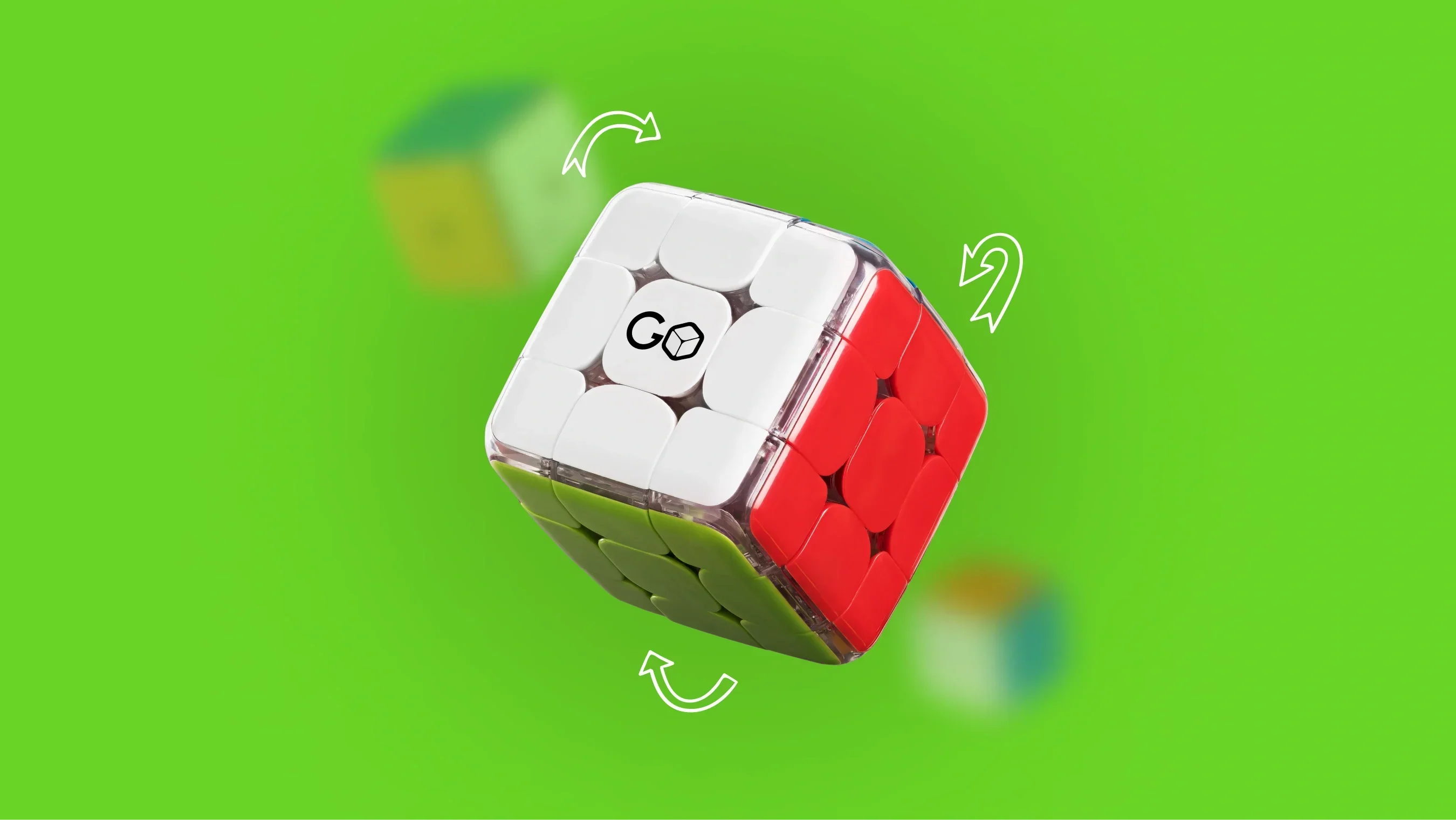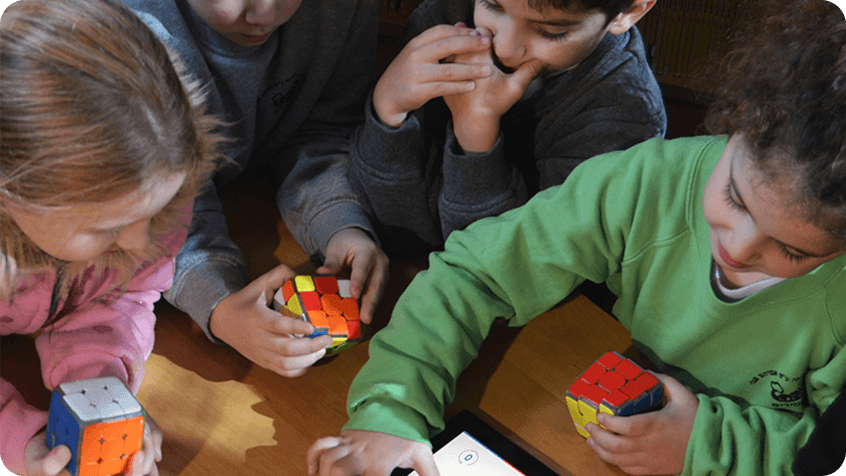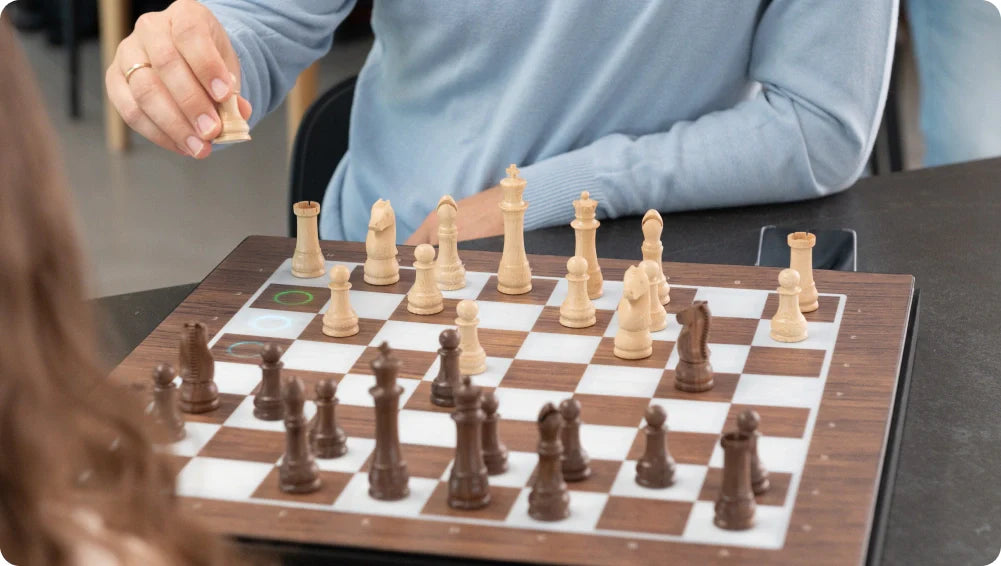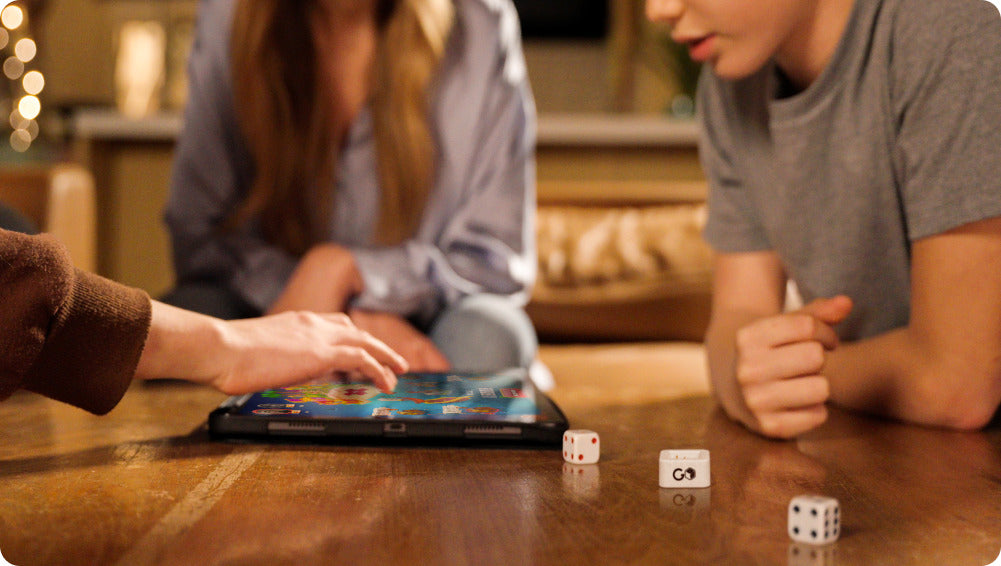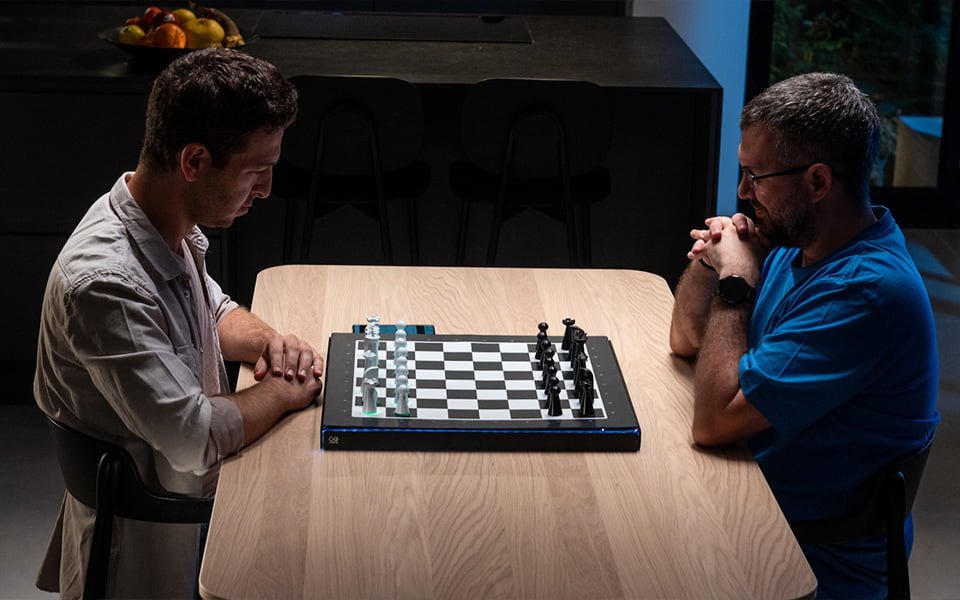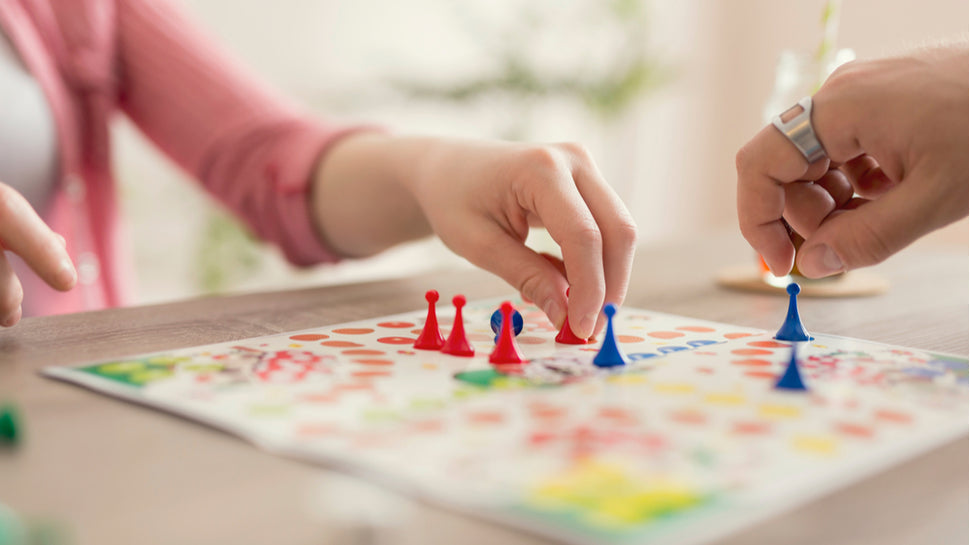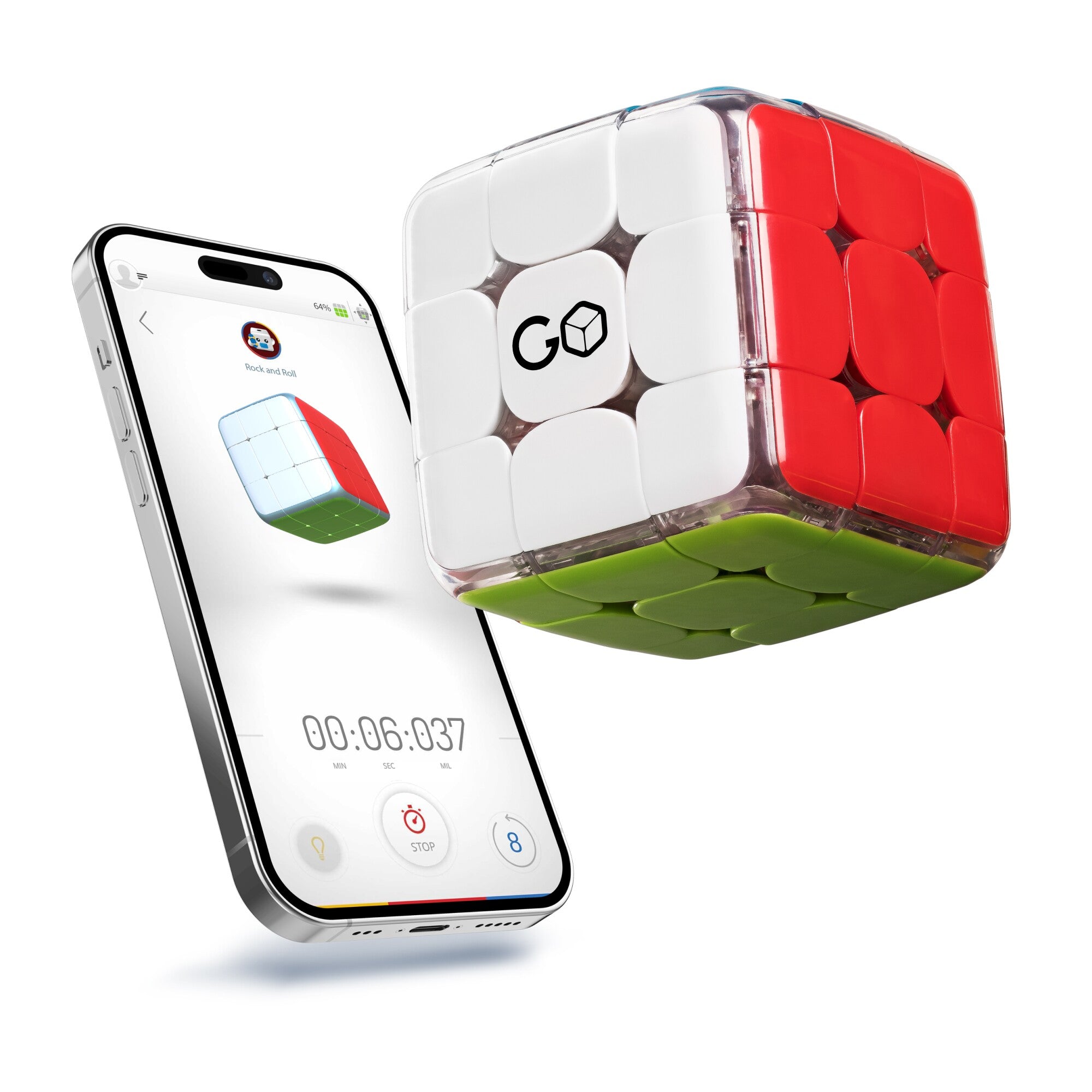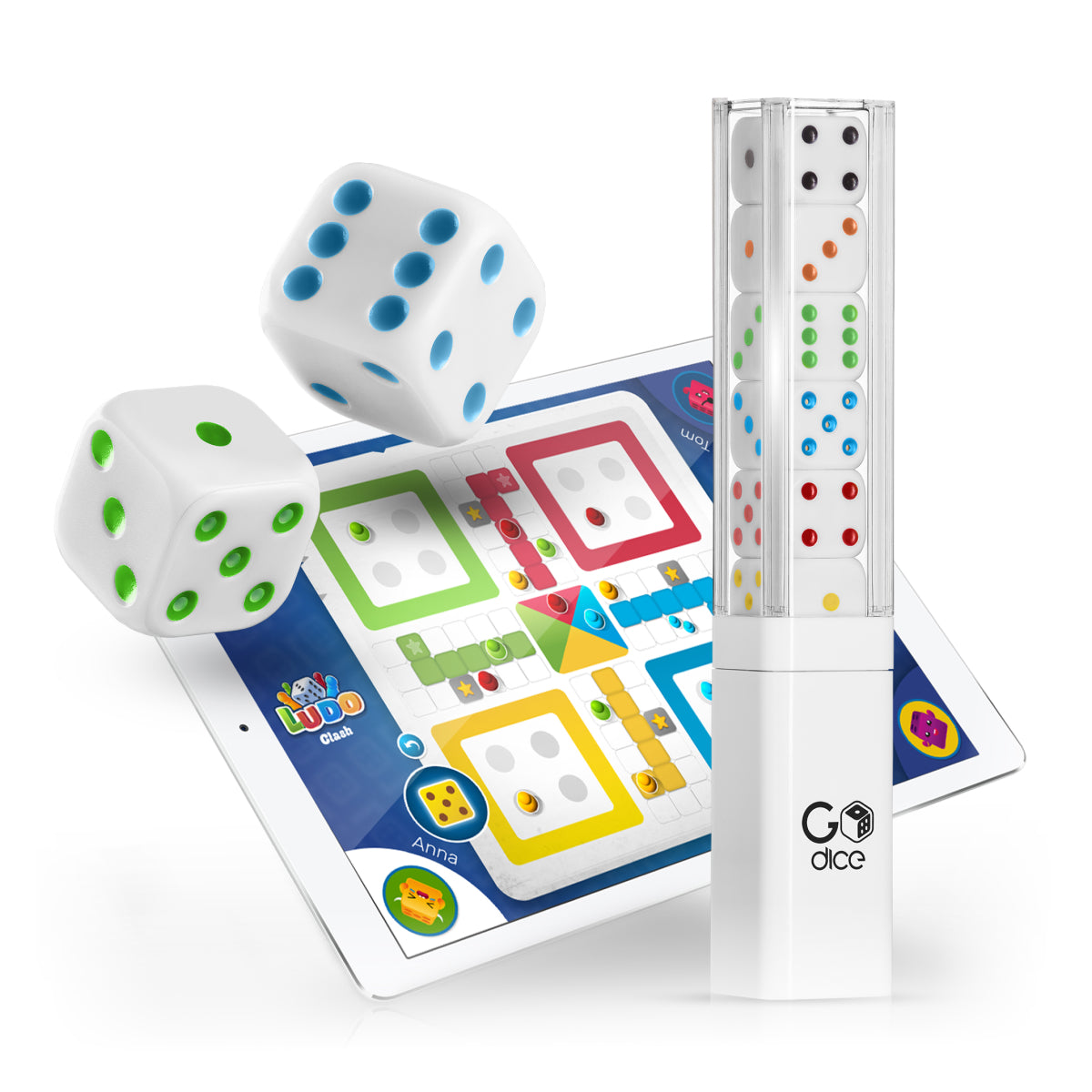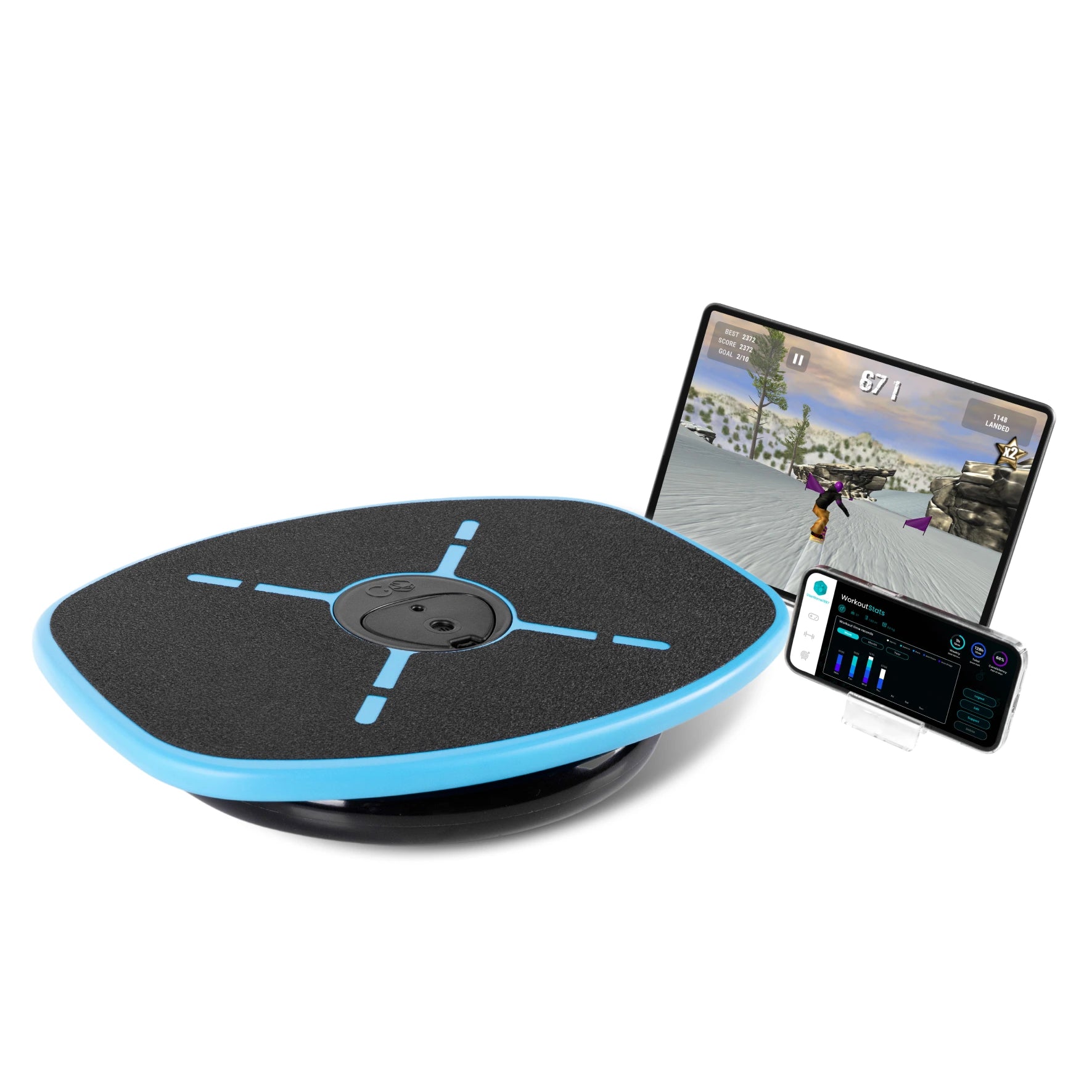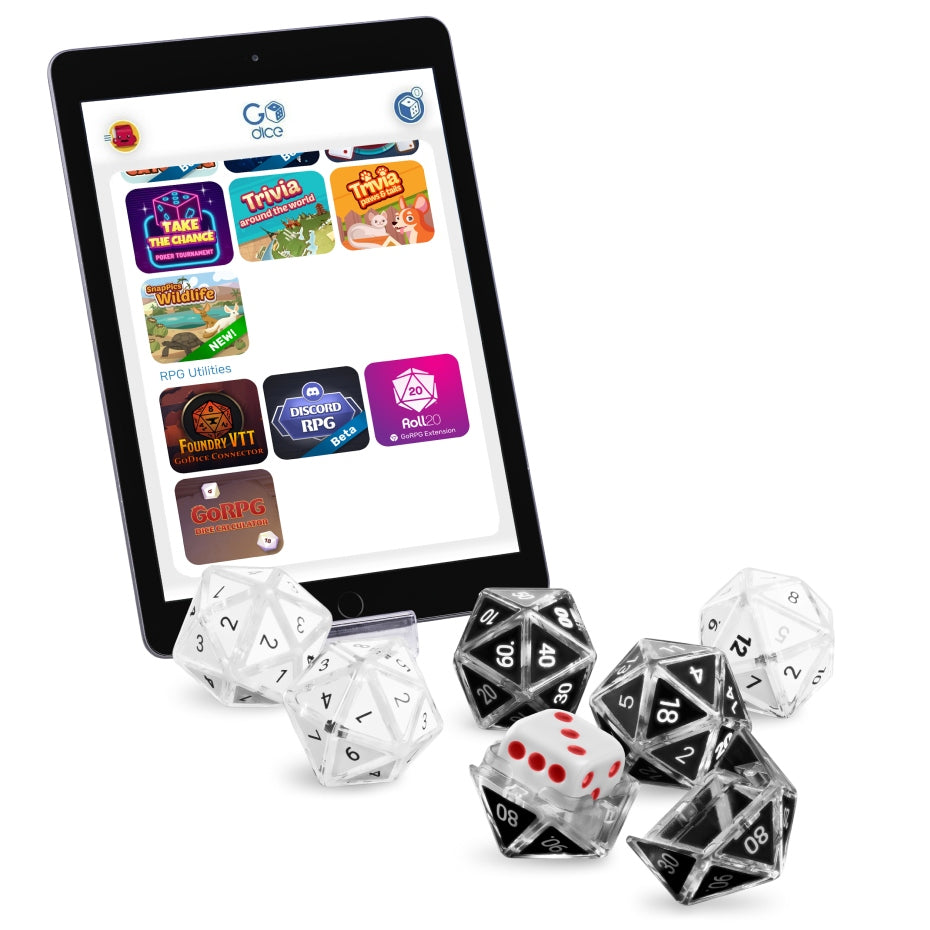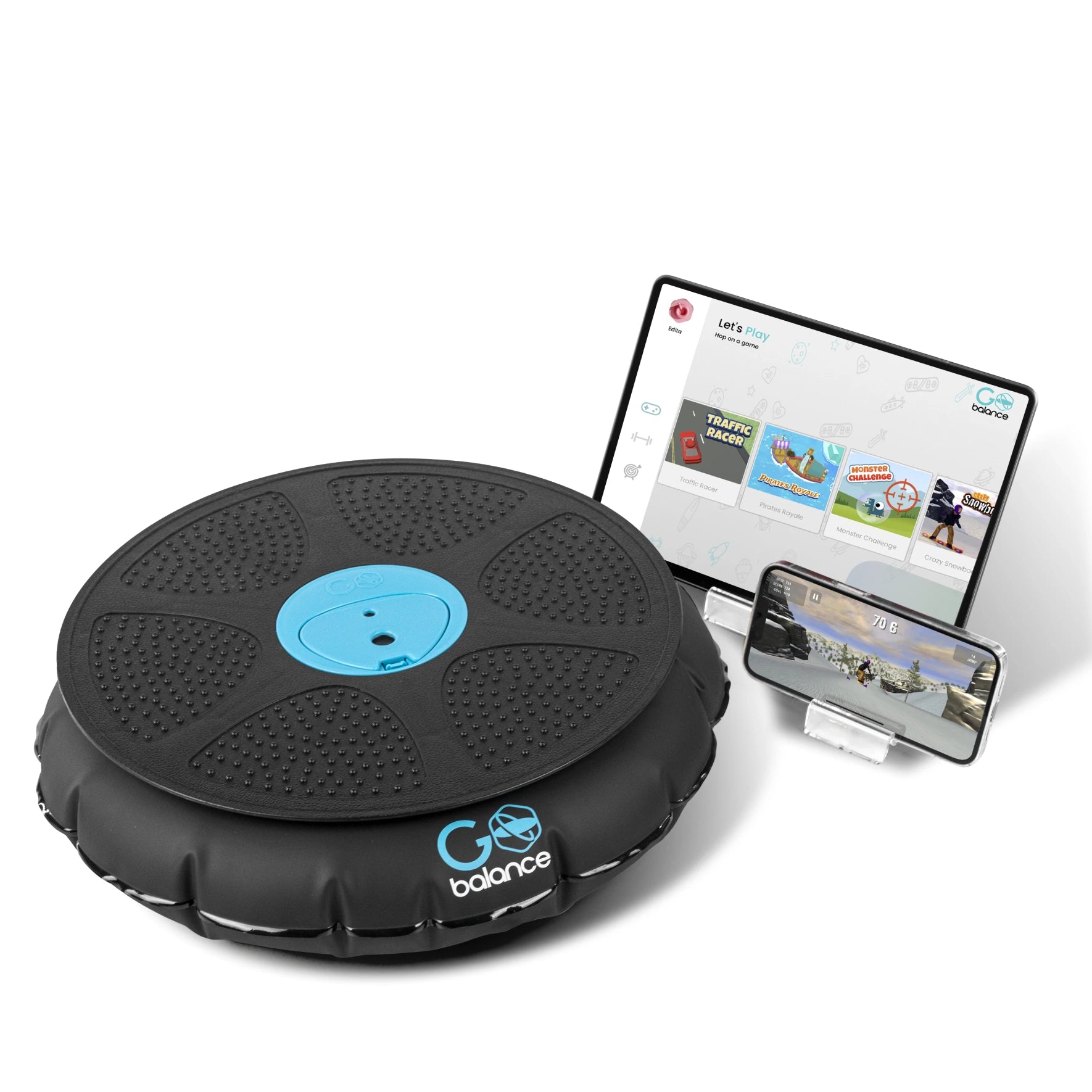Since its invention in 1974 by Ernő Rubik, the Rubik's Cube has transcended being just a puzzle to become a global phenomenon. What began as a simple 3x3 cube with colorful squares has blossomed into a diverse and intricate world of puzzles, each offering unique challenges and characteristics.
Let's explore ten different types of Rubik's Cubes, highlighting what makes each one special. From the classic 3x3 cube that started it all to the complex and mesmerizing Ghost Cube.
Whether you're looking to expand your collection or simply curious about the various forms these iconic puzzles can take, this guide is the perfect starting point for you.
Table of Contents
- How Many Types of Rubik's Cubes Are There?
- All Types of Rubik's Cubes
- 1. Classic 3x3 Rubik's Cube
- 2. 2x2 Rubik's Cube (Mini Cube)
- 3. GoCube 3x3 & 2x2
- 4. 4x4 and 5x5 Rubik’s Cubes (Rubik's Revenge and Professor's Cube)
- 5. 6x6 and 7x7 Rubik’s Cubes
- 6. Pyraminx
- 7. Mirror Cube
- 8. Megaminx
- 9. Skewb
- 10. Ghost Cube
- The Coolest Types of Rubik's Cubes
- Choosing the Right Cube for You
- Conclusion
How Many Types of Rubik's Cubes Are There?
The sheer variety of Rubik's Cubes is astonishing. Starting from the foundational Classic 3x3 Rubik's Cube, which is the most recognized and widely solved puzzle, we have the smaller yet equally intriguing 2x2 Rubik's Cube, often dubbed the Mini Cube.
Then, technology enters the fray with the GoCube, a smart version of both the 3x3 and 2x2 cubes that connects via Bluetooth, allowing users to track their progress and engage in interactive solving tutorials.
As the complexity increases, so does the thrill of solving. The 4x4 Rubik's Cube, known as Rubik's Revenge, and the 5x5 Professor's Cube, both add additional layers, making the puzzles significantly more challenging.
For those who are truly brave, there are even larger cubes like the 6x6 and 7x7, which not only increase the number of pieces but also introduce new solving techniques and potential parity issues that require advanced problem-solving skills.
All Types of Rubik's Cubes
1. Classic 3x3 Rubik's Cube

Description and Significance:
The Classic 3x3 Rubik's Cube is the iconic puzzle that started the global cubing craze. Comprising three layers on each of its six faces, this cube challenges solvers to align all squares of the same color on each face, a deceptively simple goal that can lead to endless complexity.
Key Features and Differences:
- Structure: 3x3 layers.
- Mechanism: Basic rotational movements along the cube's axes.
- Popularity: The most recognized and widely solved puzzle in the world.
Solving Techniques and Unique Challenges:
- Beginners: Often start with the layer-by-layer method, breaking the puzzle down into manageable steps.
- Intermediate: Use the CFOP method (Cross, F2L, OLL, PLL) for faster solutions.
- Advanced: Employ advanced algorithms and finger tricks to shave off solving times and compete in speedcubing.
2. 2x2 Rubik's Cube (Mini Cube)

Description and Significance:
Known as the Mini Cube, the 2x2 Rubik's Cube is a simplified version of the 3x3, with fewer pieces and a more approachable challenge for beginners.
Key Features and Differences:
- Structure: 2x2 layers.
- Mechanism: Simplified with fewer pieces, making it lighter and quicker to manipulate.
- Popularity: Popular among beginners and those seeking quick, fun solutions.
Solving Techniques and Unique Challenges:
- Beginners: Basic algorithms that focus on solving one face at a time.
- Advanced: The Ortega method allows for more efficient and faster solving.
3. GoCube 3x3 & 2x2

Description and Significance:
The GoCube represents the fusion of traditional cubing with modern technology. Available in both 3x3 and 2x2 versions, these cubes incorporate Bluetooth connectivity and smart sensors to enhance the solving experience with real-time tracking and interactive tutorials. Moreover, the GoCube app offers various features, including battles with friends, an academy for learning, and other interactive games.
Key Features and Differences:
- Structure: Same physical structure as traditional 3x3 and 2x2 cubes.
- Mechanism: Equipped with Bluetooth connectivity and smart sensors for tracking.
- Popularity: Gaining popularity for its interactive features and appeal to tech enthusiasts.
Solving Techniques and Unique Challenges:
- Beginners: Guided tutorials via the GoCube app make learning to solve the cube easier and more engaging.
- Advanced: Users can compete in online challenges, track their solving stats, and continually improve their techniques.
4. 4x4 and 5x5 Rubik’s Cubes (Rubik's Revenge and Professor's Cube)

Description and Significance:
The 4x4 Rubik's Revenge and the 5x5 Professor's Cube add additional layers of complexity to the classic 3x3 format, presenting new challenges and requiring more sophisticated solving strategies.
Key Features and Differences:
- Structure: 4x4 and 5x5 layers, respectively.
- Mechanism: More pieces and complex internal mechanics lead to a greater variety of possible combinations.
- Popularity: Favored by intermediate and advanced cubers looking for more challenging puzzles.
Solving Techniques and Unique Challenges:
- 4x4: Common methods include the Reduction method and the Yau method for speed.
- 5x5: Solving typically involves reducing the puzzle to a simpler form, then solving centers and edges separately before tackling the final solve.
5. 6x6 and 7x7 Rubik’s Cubes

Description and Significance:
These larger cubes push the limits of traditional solving with their increased complexity, requiring not only a mastery of standard solving techniques but also the ability to handle unique challenges like parity errors.
Key Features and Differences:
- Structure: 6x6 and 7x7 layers, respectively.
- Mechanism: Even more pieces and potential combinations introduce significant complexity.
- Popularity: Niche but highly respected among dedicated and advanced solvers.
Solving Techniques and Unique Challenges:
- 6x6: Solving involves the Reduction method and additional algorithms to address parity errors.
- 7x7: Similar to the 6x6 but with more pieces to manage, requiring advanced parity algorithms and piece alignment techniques.
6. Pyraminx

Description and Significance:
The Pyraminx is a tetrahedron-shaped puzzle that offers a different type of solving experience from the traditional cubic forms, adding variety to the world of twisty puzzles.
Key Features and Differences:
- Structure: Tetrahedral with four triangular faces.
- Mechanism: Rotation around the triangular faces provides a unique solving dynamic.
- Popularity: Popular for its distinct shape and relatively approachable solving process.
Solving Techniques and Unique Challenges:
- Beginners: Layer-by-layer method is common.
- Advanced: Methods such as the Keyhole technique allow for faster solves.
7. Mirror Cube

Description and Significance:
The Mirror Cube, also known as Mirror Blocks, provides a unique visual and tactile experience by focusing on shape rather than color, making the solving process highly intriguing.
Key Features and Differences:
- Structure: 3x3 structure with varying block sizes.
- Mechanism: Solving is based on the size and shape of the blocks rather than color.
- Popularity: Known for its aesthetic appeal and the novel challenge it presents.
Solving Techniques and Unique Challenges:
- Beginners: Basic layer-by-layer methods adapted to account for different block sizes.
- Advanced: Advanced recognition of shape patterns and efficient alignment techniques.
8. Megaminx

Description and Significance:
The Megaminx is a dodecahedron-shaped puzzle with twelve faces, offering a highly complex and rewarding solving experience that significantly differs from cubic puzzles.
Key Features and Differences:
- Structure: Dodecahedral with 12 faces.
- Mechanism: Similar in concept to the 3x3 but with more faces and pieces.
- Popularity: Highly popular among advanced cubers due to its complexity and distinctive solving experience.
Solving Techniques and Unique Challenges:
- Beginners: Layer-by-layer method similar to the 3x3.
- Advanced: Techniques to efficiently solve centers and edges, utilizing advanced algorithms.
9. Skewb

Description and Significance:
The Skewb is a cube that rotates around its corners, providing a unique solving challenge that differs from traditional edge rotation puzzles.
Key Features and Differences:
- Structure: Cubic but with corner-based rotation.
- Mechanism: Rotation around the cube's corners provides a novel solving dynamic.
- Popularity: Known for its distinctive rotation mechanism and unique challenge.
Solving Techniques and Unique Challenges:
- Beginners: Basic algorithms focus on corner orientation and alignment.
- Advanced: More advanced methods optimize solving speed and efficiency.
10. Ghost Cube

Description and Significance:
The Ghost Cube is an irregular-shaped puzzle that presents a significant challenge due to its non-standard shape and alignment requirements, appearing scrambled even when solved.
Key Features and Differences:
- Structure: Irregular, asymmetric shape.
- Mechanism: Solving based on piece shape and alignment rather than color.
- Popularity: Popular among enthusiasts for its high difficulty level and unique challenge.
Solving Techniques and Unique Challenges:
- Beginners: Basic layer-by-layer methods adapted to focus on piece alignment.
- Advanced: Advanced recognition of shape patterns and efficient solving techniques to manage the puzzle’s unique challenges.
The Coolest Types of Rubik's Cubes
The Rubik's Cube, originally invented by Ernő Rubik in 1974, has evolved far beyond its original 3x3 form. Over the years, puzzle enthusiasts and designers have created a variety of unique and challenging Rubik's Cubes, each offering a different twist on the classic puzzle. With so many fascinating variations, it can be hard to choose which ones to explore first. From the 10 types listed, here are four of the coolest types of Rubik's Cubes available today:
-
Smart cubes
The first thing that pops into mind when mentioning the cool Rubik’s cube is the GoCube. It is a modern, smart version of the Rubik's Cube. Equipped with Bluetooth technology, the GoCube connects to a smartphone app, offering real-time tracking and interactive tutorials.
The app includes various games and challenges, allowing users to compete with others worldwide or improve their solving skills through guided lessons. The GoCube's integration of technology and traditional puzzling provides an engaging and interactive experience.
-
Pyraminx
The Pyraminx is a tetrahedron-shaped puzzle, differing significantly from the standard cubic shape. It has four triangular faces and operates on a different solving mechanism, which makes it a fresh challenge for those familiar with the traditional cube. Its distinctive shape and rotation style make it a favorite among puzzle collectors.
-
Megaminx
The Megaminx is a dodecahedron-based puzzle boasting twelve faces instead of six. Each face has its own color, and the puzzle consists of 50 movable pieces. Solving the Megaminx involves more complex algorithms than the standard Rubik's Cube, making it a thrilling challenge for advanced solvers.
-
Skewb
The Skewb is a cube-shaped puzzle that operates on a completely different mechanism than the traditional Rubik's Cube. Each move rotates a corner of the cube, creating a unique solving experience. Its distinct operation and the fact that it can change shape make it a standout in any collection.
Choosing the Right Cube for You
Choosing a Rubik's Cube isn't just about picking a random puzzle off the shelf. It's about finding the right challenge that matches your skill level and preferences. Whether you're a beginner looking to dip your toes into the world of cubing or an advanced solver seeking the next big challenge, here are some factors to consider when selecting your cube:
Factors to Consider When Choosing a Cube
Complexity and Challenge:
The level of complexity varies greatly among different types of Rubik's Cubes. Beginners may prefer simpler puzzles like the 2x2 or the Classic 3x3 for their straightforward solving methods and fewer pieces. On the other hand, advanced solvers might seek out larger cubes, such as the 5x5 or even more complex puzzles like the Megaminx or Ghost Cube for their intricate solving strategies and challenges.
Size and Comfort:
Consider the size of the cube and how it feels in your hands. Smaller cubes like the 2x2 and some 3x3 variants are easier to maneuver quickly, making them ideal for speed cycling. Larger cubes, such as the 5x5 and beyond, may require more dexterity and space but can offer a more satisfying solving experience for those who enjoy a longer challenge.
Personal Preferences:
Your personal preferences play a crucial role. Some cubers prefer puzzles with unique shapes like the Pyraminx or Megaminx for their different solving experiences. Others might enjoy the technical challenge of shape-modified cubes like the Mirror Cube or Fisher Cube. Experimenting with different types can help you discover what you enjoy most.
Conclusion
Exploring the diverse world of Rubik's Cubes reveals a landscape rich with creativity, complexity, and endless possibilities. From the classic 3x3 that started it all to high-tech innovations like the GoCube, each puzzle offers its own unique challenge and reward.
Whether you're a beginner looking to learn the basics or an expert seeking the next big challenge, there's a Rubik's Cube out there that matches your skills and interests.
As you delve into these fascinating puzzles, you'll not only sharpen your problem-solving abilities but also gain a deeper appreciation for the ingenuity behind each twist and turn. Happy solving!



